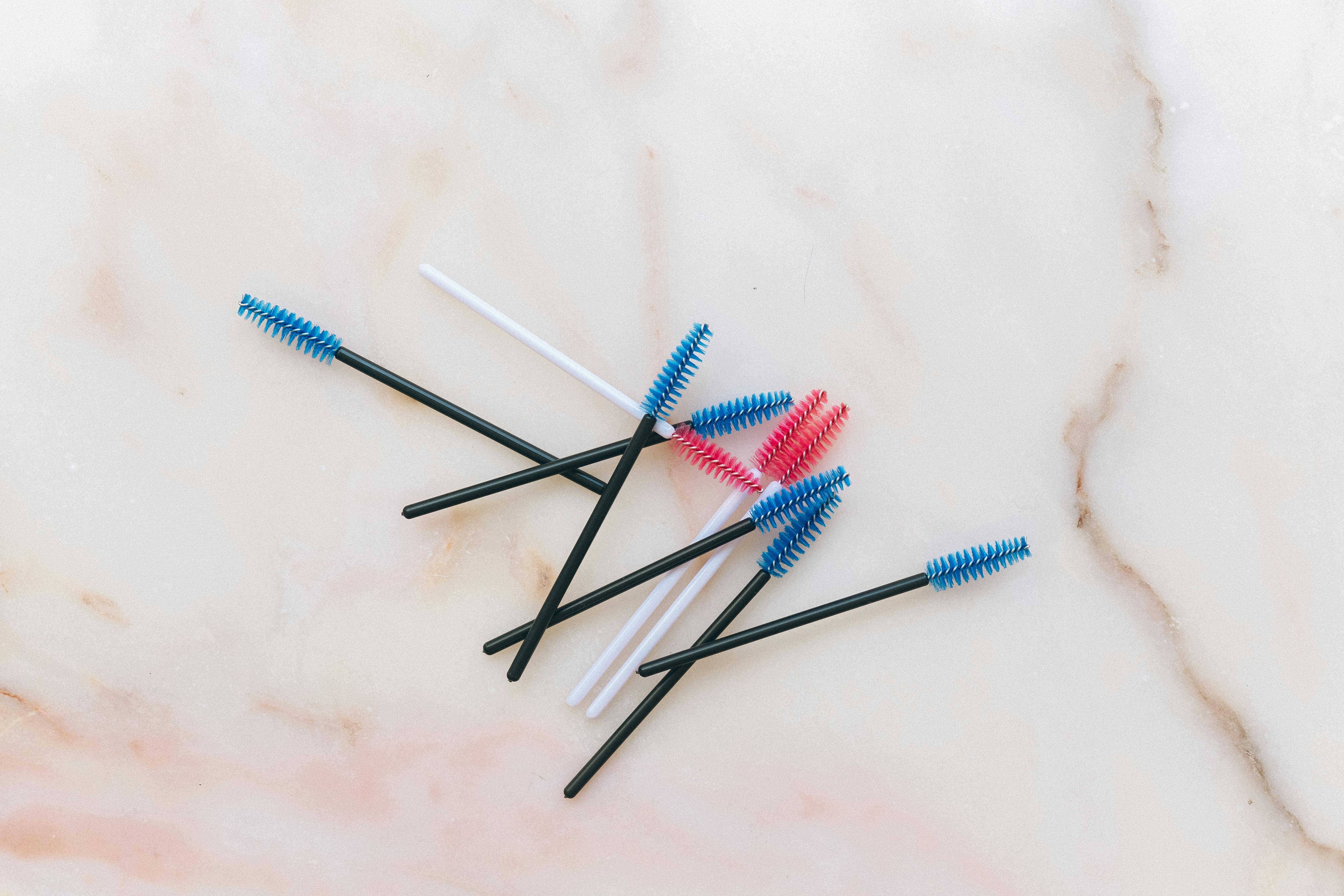Are teeth fillings permanent? This is a common question among people who need to get their teeth filled. Tooth fillings are a common dental procedure used to repair damaged or decayed tooth surfaces, and it’s important to know what types of fillings are available and how long they last. In this article, we’ll discuss the different types of tooth filling materials available, as well as the longevity of each type. We’ll also provide information about how to care for your teeth after getting a filling.Teeth fillings are a dental treatment used to restore the function, integrity and shape of teeth that have been damaged due to cavities, decay or injury. The fillings are usually made of composite resin or porcelain and are used to fill in the gaps created by cavities and prevent further damage. The filling material is placed in the tooth after it has been cleaned out and shaped to provide a tight fit. Fillings can also be used to repair broken or worn down teeth.
Types of Teeth Fillings
When it comes to filling a cavity, there are many options available. Different types of teeth fillings are available for different needs and preferences. The most common types of teeth fillings are amalgam, composite, and gold.
Amalgam is the most widely used type of tooth filling material. It is composed of a combination of metals such as silver, copper, tin, and mercury. Amalgam fillings are strong and durable but can be easily visible in the mouth due to its dark color.
Composite fillings are made from a combination of plastics and glass particles. They are tooth-colored and can match the natural color of teeth, making them less noticeable in the mouth than amalgam fillings. Composite fillings can also be used to repair cracked or chipped teeth.
Gold fillings are made from solid gold alloy and other metals. They are usually more expensive than other types of tooth fillings but they last longer as well. Gold fillings require two visits to the dentist for installation since they need to be molded to fit the shape of the cavity.
In addition to these common types of tooth fillings, there are other materials such as porcelain or ceramic that can also be used for filling cavities. Each type has its own advantages and disadvantages so it is important to discuss with a dentist which material would be best for your particular situation before deciding on a type of filling material.
No matter which type you choose, it is important to take care of your filled tooth by brushing twice daily and flossing regularly in order to keep your smile healthy and beautiful for years to come!
Are Teeth Fillings Permanent?
Teeth fillings are a common dental procedure used to repair and restore damaged, decayed, or cracked teeth. Fillings are usually made of metal, porcelain, gold, or composite materials. The type of material used depends on the severity of the damage and the individual’s preference. The goal of the filling is to restore the tooth’s original shape and function while also preventing further damage from occurring. While teeth fillings can be a permanent solution for some dental issues, for others they may need to be replaced after a certain period of time due to wear and tear.
Fillings can last anywhere from five to fifteen years depending on their material and how well they are cared for. Metal fillings tend to last longer than other types of fillings due to their durability. Porcelain and composite fillings will usually last around ten years before needing replacement because they are not as strong as metal fillings. Gold fillings may need to be replaced more often than other types due to their cost and delicate nature.
It is important to practice good oral hygiene habits such as brushing twice a day and flossing regularly in order to ensure that your teeth remain healthy and your fillings remain intact for as long as possible. Regular visits with your dentist will help you keep track of any changes in your mouth that might require further treatment or replacement of existing fillings. If a filling does need to be replaced, it is important that you do so promptly in order to avoid further damage or decay.

Pros of Teeth Fillings
Teeth fillings are a great way to restore the health and appearance of teeth that have been damaged or decayed. They can provide a strong, durable seal against further decay and help to protect the underlying tooth structure. Fillings also help to restore the shape and size of teeth, as well as their function and appearance. They can be used to fill in gaps between teeth, such as those caused by tooth decay or trauma. Fillings can also be used to replace lost tooth structure due to grinding, wear, or trauma. Fillings are also relatively quick and easy for dentists to place, making them a convenient solution for many people.
Cons of Teeth Fillings
While teeth fillings may provide many benefits, there are some potential drawbacks that should be considered before opting for this treatment option. The most common side effect is sensitivity in the area where the filling has been placed; this can usually be alleviated with over-the-counter pain relievers. In some cases, fillings may not last as long as expected due to improper placement or poor quality materials used in their construction; this could result in the need for additional fillings over time. Additionally, some people may experience an allergic reaction to certain types of filling materials; it is important for patients to discuss any allergies they may have with their dentist prior to treatment.
Factors that Affect the Durability of Teeth Fillings
The durability of a tooth filling depends on many factors. Primarily, the type of filling material used to fill a cavity will affect its longevity. Gold and porcelain fillings are known to be very durable, while composite resin and amalgam fillings can last for about five to seven years.
In addition, the quality of the workmanship and the skill level of the dentist performing the procedure also play an important role in how long a filling will last. Poorly done procedures can lead to premature failure of the filling, while excellent workmanship can extend its lifespan considerably.
The diet and oral hygiene habits of patients also affect the life expectancy of a filling. Foods that are high in sugar or acidic content can erode away at the filling over time, making them less effective. It is important for individuals to maintain good oral hygiene by brushing and flossing daily and avoiding sugary treats as much as possible.
Finally, certain medical conditions such as acid reflux or dry mouth can cause more wear and tear on fillings than normal. It is essential for individuals with these conditions to visit their dentist regularly so they can monitor how well their fillings are holding up over time.
Overall, there are many factors that affect how long a tooth filling will last. It is important for people to take care of their teeth by practicing good oral hygiene habits and visiting their dentist regularly in order to ensure that their fillings remain in good shape for as long as possible.
When to Replace Teeth Fillings
Replacing a dental filling can be an important part of keeping your teeth in good health. Fillings are used to fill cavities and other areas of tooth decay. They can help protect the tooth from further damage and decay. But over time, they may need to be replaced due to wear and tear or due to new damage. It is important to know when it is time to replace your fillings so that you can maintain good oral health.
If you have a filling that has been in place for some time, it is a good idea to check it periodically for any signs of wear or damage. If you notice any cracks or chips in the filling, it is important to get it replaced as soon as possible. This will help prevent any further damage to the tooth and will also help keep the surrounding teeth healthy.
In addition, if you experience any pain or discomfort in the area of the filling, this could be a sign that it needs replacing. If you have a toothache or sensitivity near your filling, this could indicate there is an issue with the filling that needs addressing. It is important to get this checked out by a dentist as soon as possible so that they can determine if it needs replacing or not.
Your dentist will also be able to advise on when it is time for a new filling based on their examination of your teeth and mouth. They can check for signs of wear and tear on existing fillings and look for any other issues that may need attention such as cavities or decay around existing fillings. They will then be able to determine if it is necessary for you to get a new filling or if there are other steps needed first before replacing them.
It’s important to remember that fillings don’t last forever and they should be replaced when needed in order to maintain good oral health and prevent further problems from occurring with your teeth. If you have any questions about when it is time for dental fillings replacement, make sure you talk with your dentist so they can give you advice on what steps need taking next.

Conclusion
Teeth fillings are a safe and reliable way to restore teeth that have been damaged by cavities or trauma. They provide a much-needed barrier against further damage and can last for many years if cared for properly. They are also relatively affordable, making them a great choice for those who need dental work done quickly and at a relatively low cost. However, as with any dental procedure, teeth fillings should always be performed by a qualified dentist in order to ensure the best results and longest-lasting results.
In conclusion, teeth fillings are generally permanent as long as they are taken care of properly. However, it is important to note that they can wear down over time and require periodic maintenance to ensure that they last as long as possible. Therefore, it is important to practice good oral hygiene habits and visit the dentist regularly in order to keep your teeth fillings looking their best.
